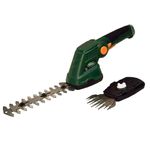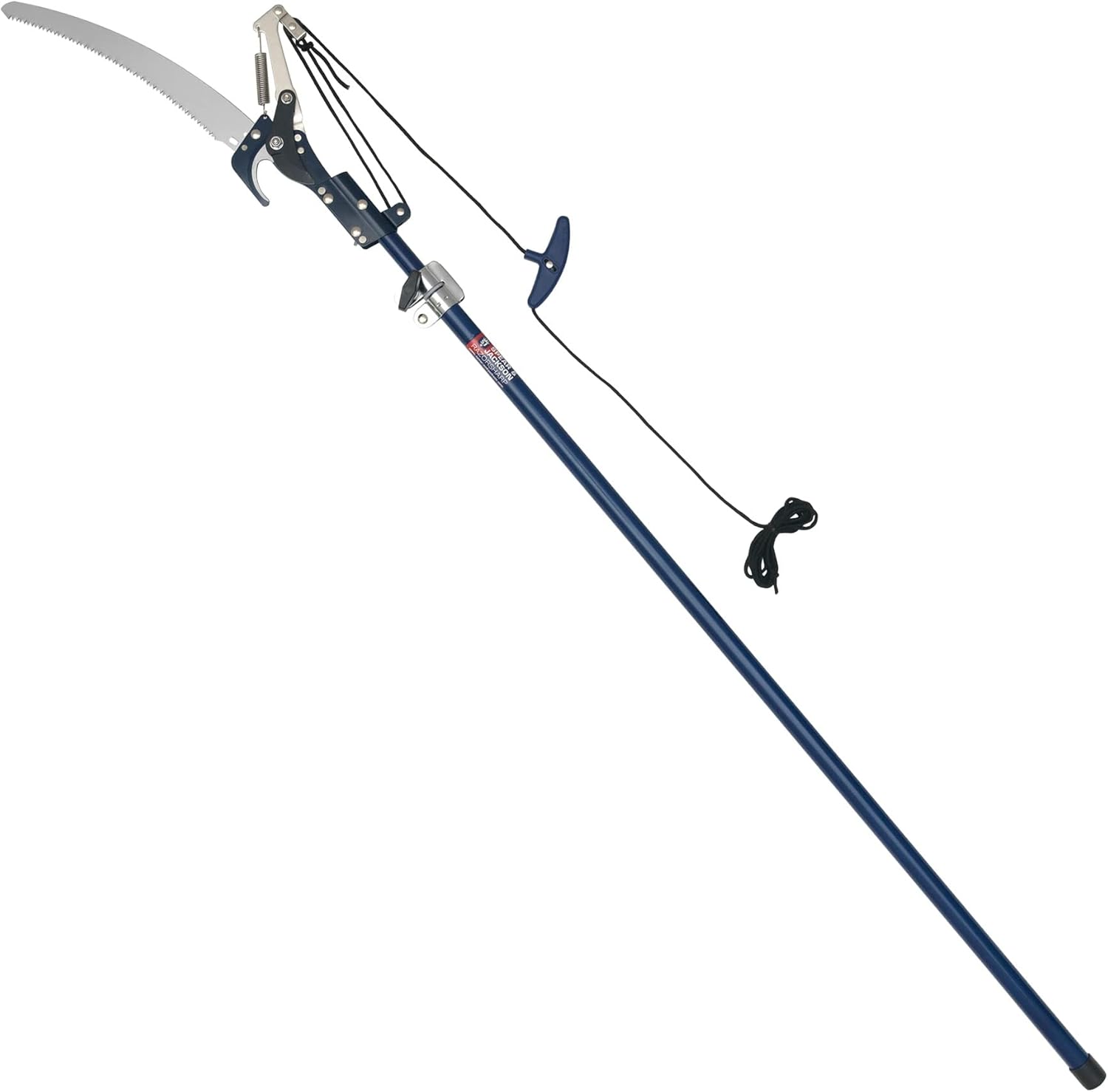
My career in horticulture began in the mid-1990s, so like styles in clothing and music, what was popular then is now fashionable again. Neon colors and crop tops—back in style. Elton John—also popular in the ’90s (but really, in every decade since the 1970s). He’ll always be in style. So it would make sense that plants that were en vogue in the ‘90s would come back in a different form.
Enter Russian sage. Back when I was a landscape architecture student, I studied the designs of Oehme, van Sweden, which often featured this silvery, airy perennial. Over time, gardeners seemed to drift away from Russian sage due to its tendency to flop as it got older. But Russian sage is back—thanks to the improved form ‘Blue Jean Baby’.
I first encountered this new cultivar last summer at the Abby Aldrich Rockefeller Garden in Seal Harbor, Maine. The horticulturists had planted it at the front of a mixed border. At first glance, the ‘Blue Jean Baby’ looked more like a dense Salvia species than the typical Russian sage (recently renamed Salvia yangii, a name not accepted by everyone). As I got closer and read the label, I was completely surprised and smitten. This show-stopper was a lot more than a seamstress for the band. I thought, Hold me closer, tiny dancer, with your lavender-blue flowers and dense, gray foliage.
In their 2020 trial of Russian sage, the Chicago Botanic Garden rated ‘Blue Jean Baby’ as a five-star performer. They noted that these plants “were consistently uniform in size and shape, which was a trait not always evident on other cultivars.” The straight species can reach over 4½ feet tall and nearly 5 feet wide before flopping over. The improved ‘Blue Jean Baby’ tops out at nearly half that height and width, making it a more appealing plant.
When growing this beauty in colder climates, be sure to plant in the spring to ensure full establishment and hardiness. It blooms from midsummer until fall, and can be cut back in spring if needed. Like other Russian sages, it is unbothered by rabbits or other hungry critters. If you had given up on growing this species, it’s time to break out the crop top and jorts, crank up the Elton John, and plant ‘Blue Jean Baby’ in your garden. This forgotten landscape plant is back in style.
SOURCES
Bluestone Perennials, Madison, OH; 800-852-5243; bluestoneperennials.com
White Flower Farm, Litchfield, CT; 800-503-9624; whiteflowerfarm.com
Rodney Eason is the director of horticulture and landscape at the Arnold Arboretum of Harvard University in Jamaica Plain, Massachusetts.
Fine Gardening Recommended Products

Scotts Cordless Grass-Shear/Shrub-Trimmer Combo
Fine Gardening receives a commission for items purchased through links on this site, including Amazon Associates and other affiliate advertising programs.
- 13.5 x 3 x 5 inches
- Uses a 7.2-Volt 2Ah high-capacity built-in lithium-ion battery; Includes a fast charger

Spear & Jackson 4930FZ Razorsharp Telescopic Tree Pruner
Fine Gardening receives a commission for items purchased through links on this site, including Amazon Associates and other affiliate advertising programs.



















Comments
Log in or create an account to post a comment.
Sign up Log in